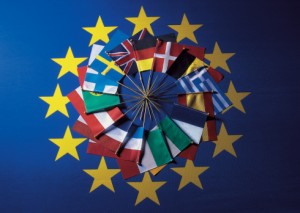European inflation figures has impact on the Euro
 All eyes seem to be focused on the recent strengthening of the euro in relation to the majority of other traded currencies.
All eyes seem to be focused on the recent strengthening of the euro in relation to the majority of other traded currencies.
Indeed, this eighteen-nation benchmark was seen to be trading at the highest levels so far this year; rising 0.6 per cent in early trading while even briefly touching upon $1.3813 dollars. This value has not been seen since late December of 2013.
A portion of this growth is seen to have stemmed from considerably stable inflationary figures throughout the European Union and predictions that the ECB (European Central Bank) will be less likely to add any further stimulus during the first week of March. Also, many online Forex investors are continuing to reflect a rather bullish stance in reference to the strength of the Eurozone. This is mainly due to the underlying position that in the majority of countries, a recovery has already begun (albeit a slow one).
However, there are other reasons that trading analysts are focused on the short-term strength of the euro. For example, the United States dollar has taken a hit after reports revealed that the domestic economy grew less than was expected during the fourth financial quarter of 2013. On the other side of the world, the yuan similarly contracted in accordance with speculation that the Chinese may adopt a broader approach to trading. All of these factors have caused online Forex specialists to remain tentatively positive on the euro.
Still, history has proven that such a movement may very well be a short-lived run and while Europe has technically exited a protracted recession, growth remains tenuous at best. As long as countries such as Spain and Portugal continue to report rather dismal economic figures, we should expect any strengthening of the euro to be relatively fickle into the near future.





